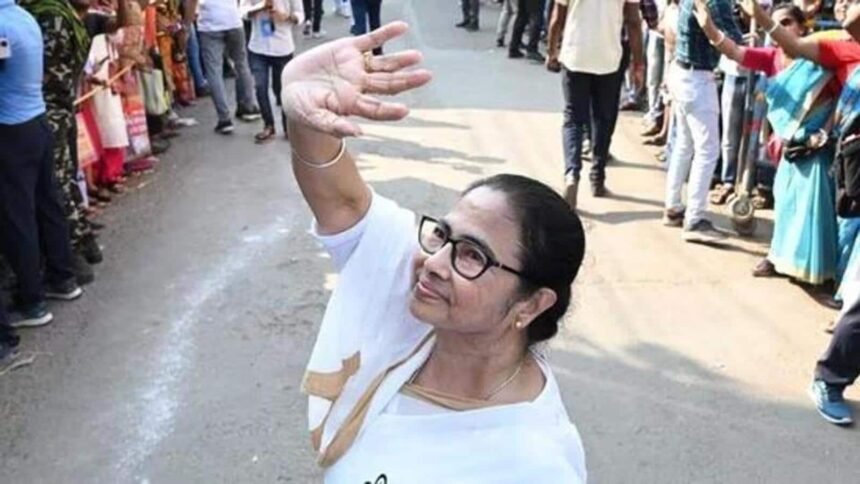Mamata Banerjee

If there is any leader who has consistently, barring 2019, interrupted the BJP’s political plans, it is Mamata Banerjee. A leader who spent decades of her life fighting the draconian and semi-violent communist regime in West Bengal through sheer grit and determination, Banerjee, 69, knows her state and its social landscape intimately. Her politics include dollops of welfare, women-centric schemes, the blurring of lines between the party and the state, the use of force to impose her party’s writ, and the weaving together of complete Muslim support along with segments of Hindu support to sustain a winning electoral coalition.
The BJP, with Narendra Modi as the mascot, was able to fill in the vacuum left by the decline of the Left to win 18 seats in the 2019 elections. Despite a high-voltage campaign, the BJP was unable to oust Banerjee in the subsequent state election, which revealed her ability to absorb lessons and change course. But in this year’s election, buoyed by the drafting of the Citizenship (Amendment) Act rules and episodes that exposed the TMC’s violent machine, such as the one in Sandeshkhali, the BJP hoped to not just replicate its 2019 performance but also improve on it.
That was not to be. Banerjee held her own, and it was the TMC that has improved its performance. This catapults Banerjee into the pole position for her next state election two years from now; it allows her to remain a key voice in national politics with a substantial presence both in the Lok Sabha and Rajya Sabha. And her role in stopping the BJP juggernaut gives her pride of place in the INDIA bloc, even though she didn’t contest the elections with Congress and the Left and has kept her distance relatively; it also reinforces her and her nephew, Abhishek Banerjee’s, absolute grip over the party.




